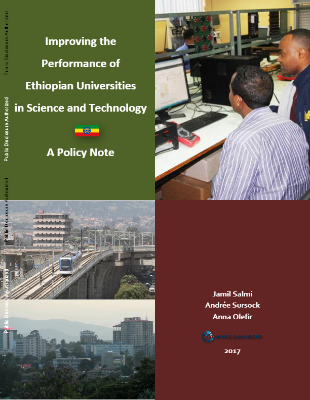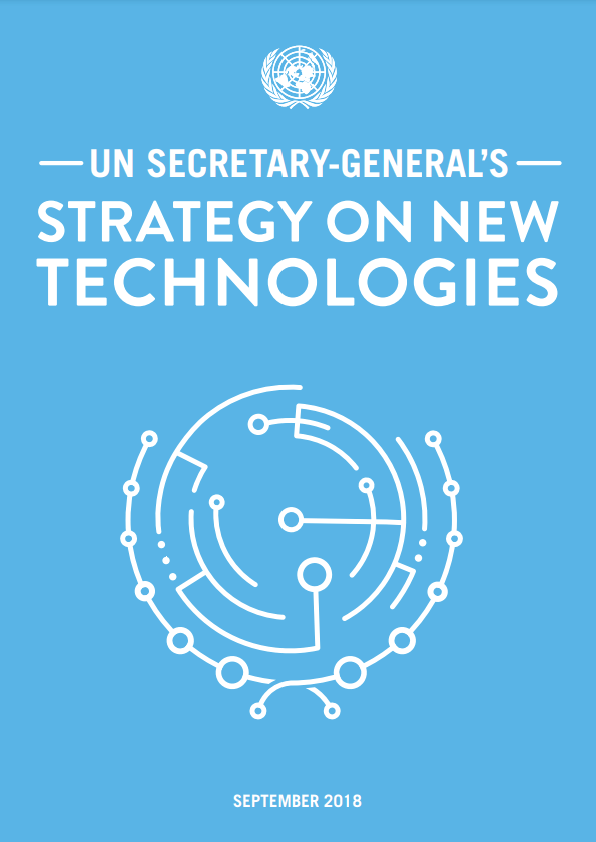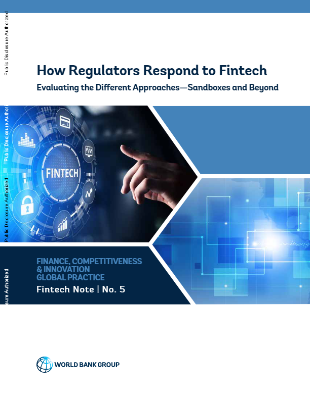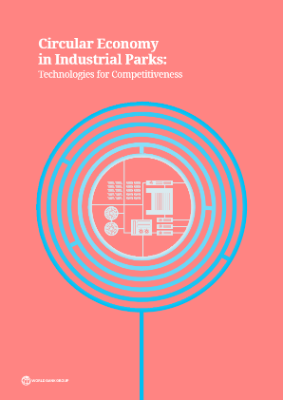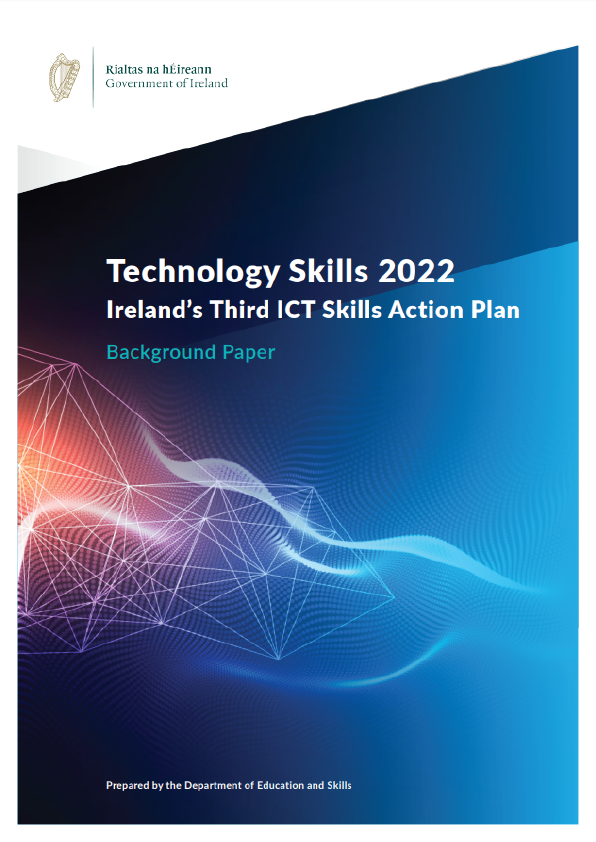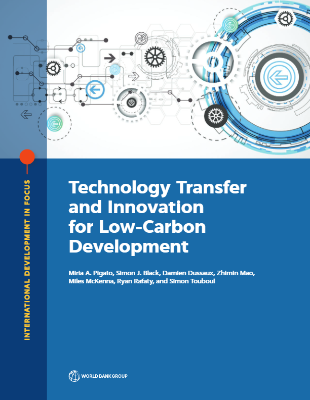Introduction and Objective
The Government of Ethiopia (GoE) has demonstrated commitment to expand higher education science and technology (S&T) programs to spur and support its growth and transformation agenda. Ethiopia has made a tremendous advance in access to higher education over the past decade. This rapid expansion, however, has raised concerns about quality. Many students are entering universities with a low level of academic preparation and a weak mastery of English. Qualified faculty are in short supply, especially in science and technology. The Higher Education Relevance and Quality Agency (HERQA) was established in 2003 to implement a quality assurance system for higher education, but it lacks the resources to carry out its mission.
The purpose of this report is to identify the main challenges facing the sector and propose a policy agenda to address them. Our analysis is based on information from the Ministries of Education and of Science and Technology of Ethiopia, a review of relevant literature from Ethiopia and elsewhere, and an analysis of data and information collected from stakeholders at public and private universities through semi-structured interviews.
The report contains five chapters. Chapter 1 presents background information and the study’s methodology. Chapter 2 provides broader analysis of demand for skills, graduate employability, feedback from employers on skill supply and the relationship with the economy at large. The next Chapter analyzes the recent developments in S&T higher education. Chapter 4 assesses the research performance of Ethiopian universities. Concluding Chapter 5 summarizes the key reform options and policy measures to improve the performance of the higher education S&T system.
Context
Ethiopia has achieved strong and inclusive economic growth. It has been one of the world’s fastest growing economies, with gross domestic product (GDP) growth averaging 10.9 percent per year since 2004. In recent years, the country has also demonstrated an impressive track record of poverty reduction. Since 2000, when Ethiopia had one of the highest poverty rates in the world of 55 percent, extreme poverty fell to 33 percent in 2011. The medium-term growth outlook remains overall positive.
The GoE’s aspiration is that the country would achieve middle-income status by 2025. This requires, in turn, a significant increase in productivity in agriculture; the gradual transformation of the Ethiopian economy from agriculture to industry and services; and heavy investment in backbone infrastructures such as roads, railways, energy, and telecommunications. The Government also aims to build a climate-resilient green economy, develop renewable energy projects and leapfrog to energy-efficient technologies in transport, industry, and construction, as identified in the Growth and Transformation Plan II (GTP II). The mining, chemical, petrochemical, and pharmaceutical, construction, transport, information and communication technology (ICT), and agro-processing industries are all to be developed. Development of the national quality infrastructure is another important endeavor, including for standardization practice, conformity assessment services, metrology, and accreditation, to support expansion of products and services into the new export markets. The Government is building new industrial parks and is increasing capacity in power generation along with the completion of transmission lines to neighboring countries (Sudan and Kenya) which is expected to improve export performance and stimulate growth in the short to medium term.
